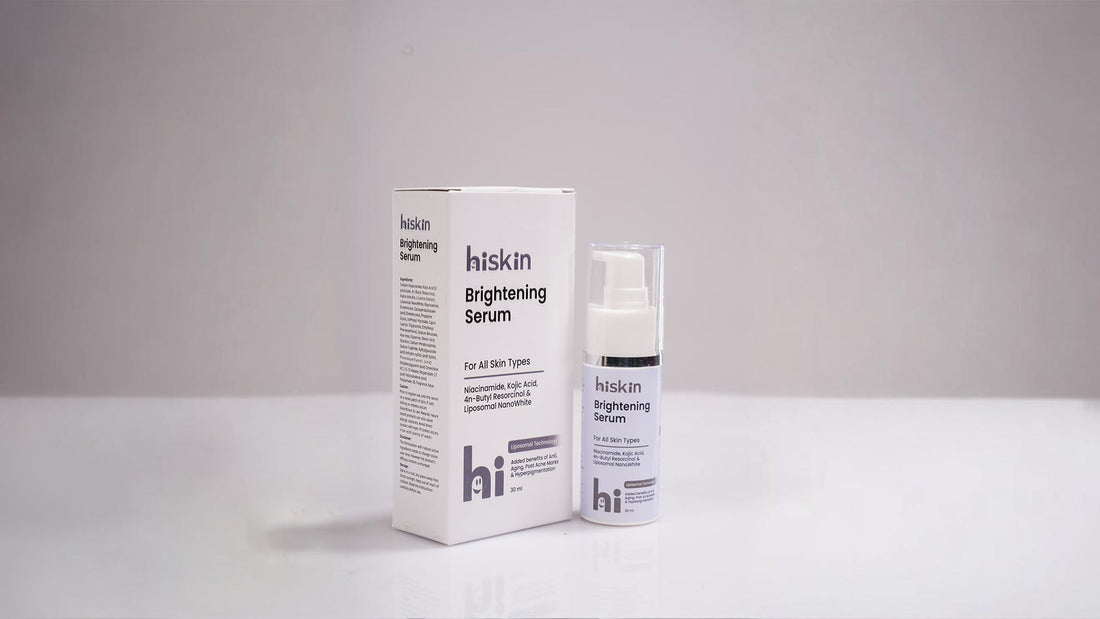
Aloe Vera and Sodium Hyaluronate
Share
For good reason, aloe vera and sodium hyaluronate are two powerful components that often appear in skincare products. This potent combination in Hiskin's serum works in concert to improve the texture and appearance of your skin while hydrating, calming, and healing it.
Since ancient times, aloe vera has been used as a natural treatment for a number of skin disorders. Rich in vitamins, minerals, and skin-nourishing amino acids, aloe vera is well- known for its power to deeply hydrate and calm irritated skin. Its cooling properties make it especially useful for reducing redness, sunburns, and other skin irritations. By encouraging skin cell regeneration, aloe vera also aids in the healing of damaged skin, leaving you with smoother, younger-looking skin.
A powerful humectant that grabs moisture from the air to the skin is sodium hyaluronate, the salt form of hyaluronic acid. It is an excellent ingredient for hydrating and plumping the skin because it may hold up to 1000 times its weight in water. Sodium Hyaluronate keeps the skin hydrated, which keeps it smooth, soft, and radiant. Also, it aids to preserve the firmness and elasticity of the skin, both of which are essential for reducing the visibility of wrinkles and fine lines.
Sodium hyaluronate and aloe vera mix to form a powerful hydrating mixture that keeps the skin supple and moisturized without making it feel oily. Also, they help strengthen the skin's immunity against environmental stressors as they hold moisture. Since it not only nourishes but also eases and repairs the skin, this combination is perfect for people with dry, sensitive, or dehydrated skin.
The best choice for anyone wishing to calm and hydrate their skin while keeping a healthy, radiant complexion is Hiskin's serum, which is boosted with sodium hyaluronate and aloe vera. however, whether your skin is feeling stressed, dry, or irritated, this mixture of ingredients will bring it back into balance and leave it feeling refreshed.
